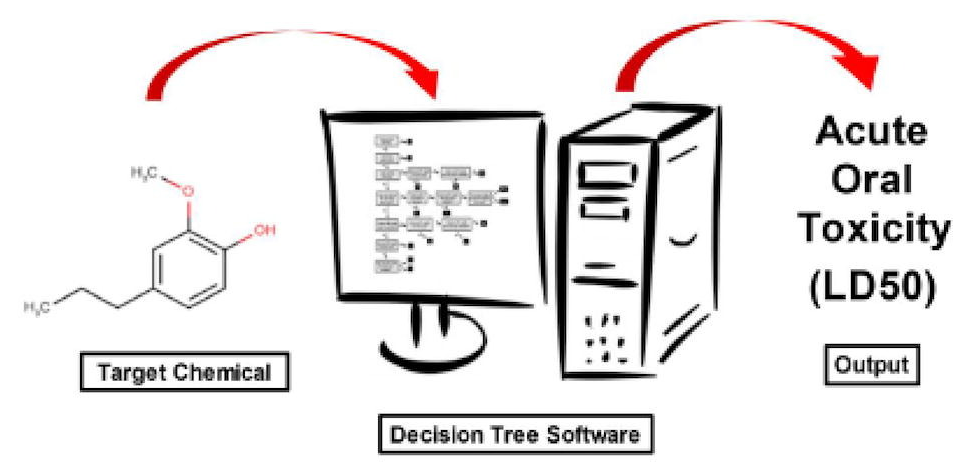The QSAR Toolbox automated read-across workflow for predicting acute oral toxicity: II. Verification and validation
Regulatory Toxicology and Pharmacology Volume 20 (2021) 100194
As modules in the QSAR Toolbox become automated, operator control is diminished. Therefore, it becomes more crucial that evidence be provided that reveals the software meets the specification intended by the developers (i.e., verification) and the resulting software meets the user's expectations (i.e., validation). Recently an automated computerised decision tree for acquiring the most appropriate data for rat acute oral toxicity by read-across was published. The present study examines the dependability of this automated workflow as implemented in the Toolbox Version 4.5, mainly the logic behind its courses of action and the reliability of its predictions. These factors can impact the acceptance of a prediction from the module. The automated workflow offers a systematic means of transparently reporting read-across predictions. Protein-binding alerts and acute oral toxicity-specific alerts, or lack of, are fundamental to identifying the correct scenario from the fifteen possibilities, either with or without considering metabolic simulation. Reducing the primary group of possible source analogues to the best analogues by the systematic use of structure-based profilers is fundamental to identifying the correct potency. The verification demonstrates the automatic workflow meets the expectations of the developers. The external validation establishes the automated system will likely meet the user's requirements.

